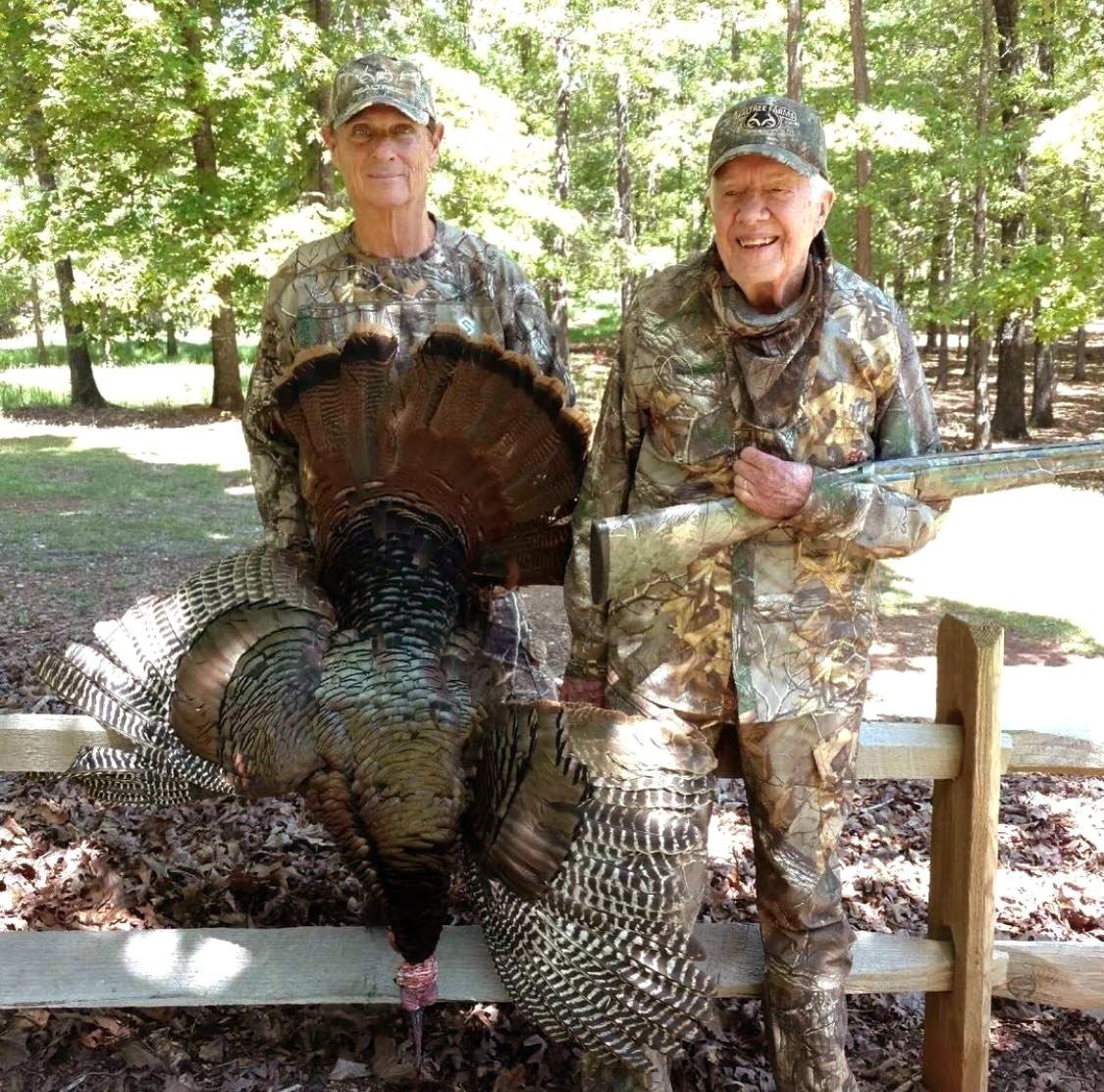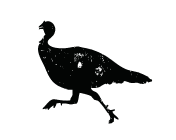No buck during the rut? That actually creates a great opportunity, provided you pinpoint a killer ambush site

Your hunting strategy from mid-December through the end of the season must center on food. Photo by Bruce MacQueen.
The calendar has flipped to Thanksgiving, and you’re starting to worry. You’ve hunted hard for two months, but still no buck. Will it be tag soup this year? Maybe not, so long as you keep your spirits up and keep grinding. Your predicament might seem dire, but it’s actually an opportunity. You still get to hunt more days, and there are still shooter bucks in the woods. Here are three good, progressive spots to get one.
RUT STAND REDO
The last days of November and first five days of December are a much better time to hunt than most people think. Mature bucks are tired and run down but searching for one last doe to tread before the fun is finished for another year. Although bucks don’t rub and paw scrapes with the vigor they did a month ago, many days they cruise back through ridges, creek bottoms and draws where they blazed sign and hooked up with does in peak rut.
Up to and through the first week of December, go back and sit the stand where you found the most sign and saw the most deer activity a month ago, even though you didn’t shoot a buck there. You might catch one moving in bow or gun range now.
Check Out Our Latest Camo Pattern: Realtree APX
WATCH REST STOPS
As the season progresses into the second week of December, here’s your best set. Based solely on experience and observation, positioning where I can watch two or three green thickets (an acre or so or smaller) has been one of my most productive strategies for many years. Man, I’ve shot some good bucks in December as they’ve slipped between covers, and browsed on greenbrier and honeysuckle. Now there’s recent science to support why it works.
As I mentioned in a recent blog, a study of GPS-collared bucks at the Mississippi State Deer Lab found that during hunting season, big deer use several resting/bedding spots rather than one major security sanctuary each day. Moreover, a clear majority of the bucks shifted from one cover to the next every six to 10 hours.
To capitalize, set stands or ground blinds across your land to cover multiple green thickets in hollows or creek bottoms, and on the sides of ridges in the timber. If rifle hunting, set up where you can see and cover at least two thickets and the funnels that connect them, and watch for bucks coming or going. When bowhunting, scout for a fresh, active deer trail that links two thickets, and hang a stand in cover along it.
Don’t Miss: Ohio Hunter Bags Local Legend Buck
HUNT THE JUT
Your strategy from, say, Dec. 15 through the end the season should — no, must — center around the limited food sources that remain for deer. Does and bucks gotta eat now. The colder it is one December day, the harder deer will move to and from the feed, and the more visible a buck might be in afternoon daylight.
Without a doubt, you’ll have the best opportunity if you have access to corn or soybeans. A row or patch of standing corn is especially good, as it provides eats and cover for skittish deer.
Now, you can’t just set up in a stand or blind on the edge of a cut field and expect to see a shooter buck, thin and jumpy, to stroll out into shooting range. That can happen, but I’ve made the mistake of sitting field side for hundreds of miserable days in December and January with nothing but cold feet and a bad attitude to show for it. No, you need to hunt “the jut.”
On approach to a field any time of the season, a big deer — a 4- or 5-year-old animal — likes to walk along or through cover for as far as he can before popping out into the feed. This hiding behavior is magnified 10 times over late in the year.
On an aerial map and in person, scout the perimeters of a field for a distinctive weed ditch, brushy creek run, strip of trees or a similar travel lane that wends from way back in the timber, and then narrows and empties into a field. That last little point of cover that juts out into the corn, beans or clover is the spot. From there, scout and back along the buck travel lane for 50 to 100 yards, and look for a good, solid tree for a stand. For you bowhunters, this might be your last best set.















































